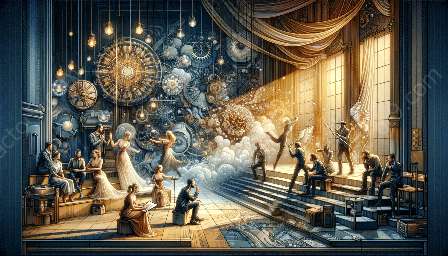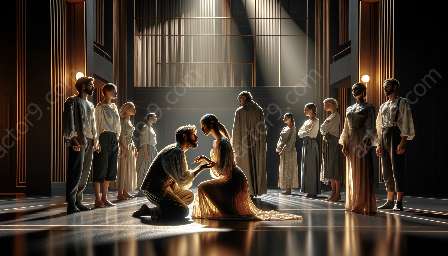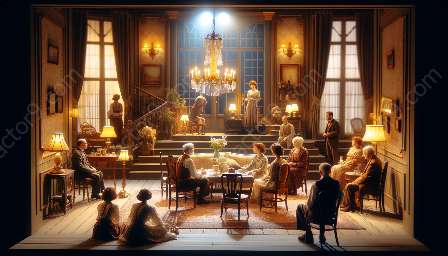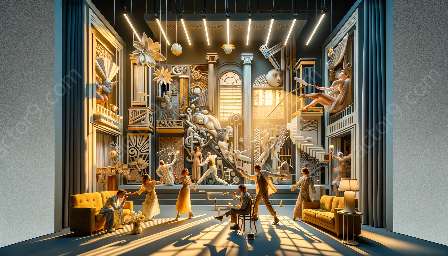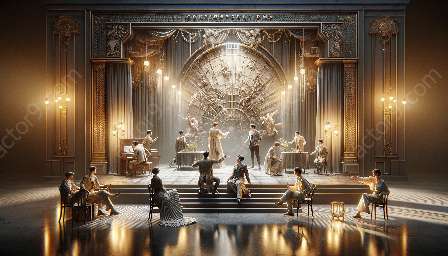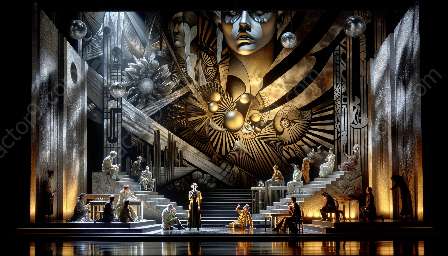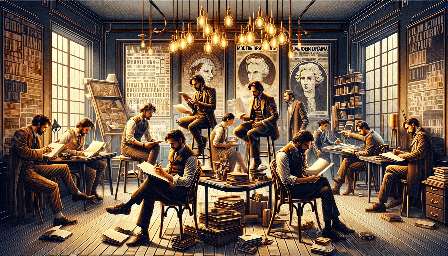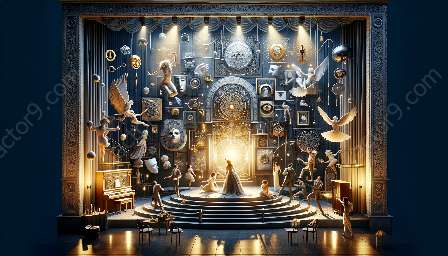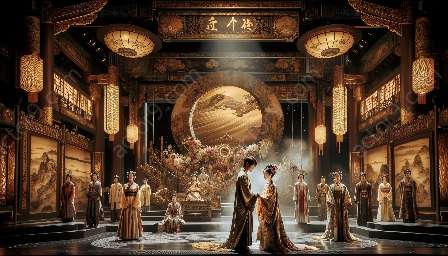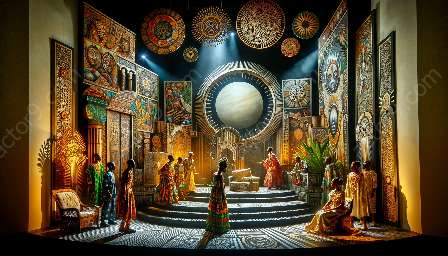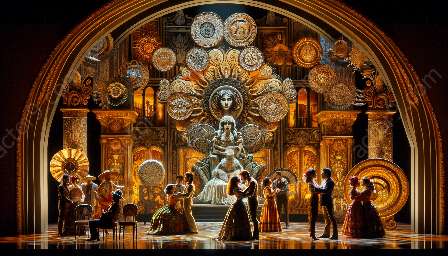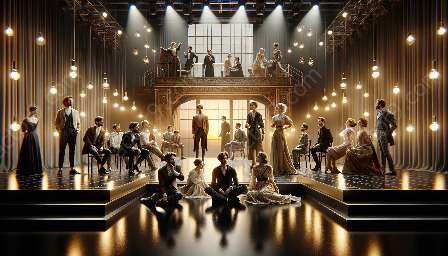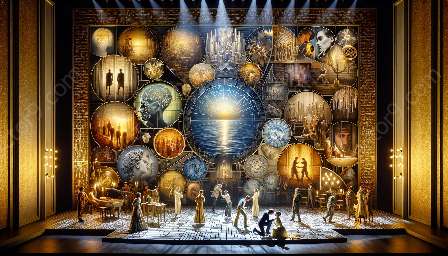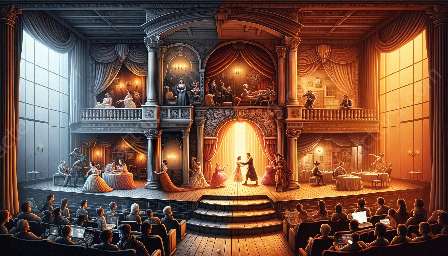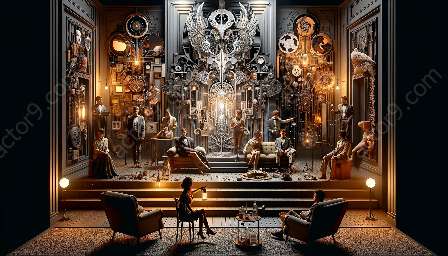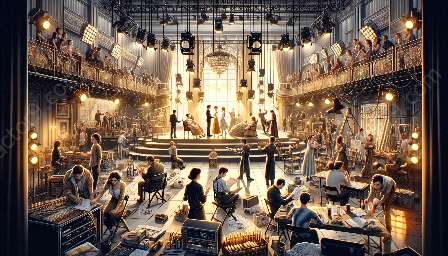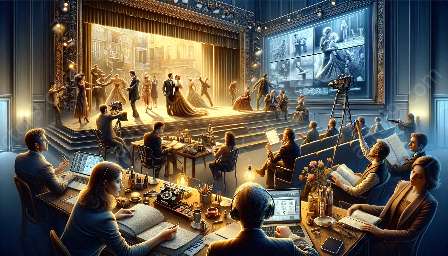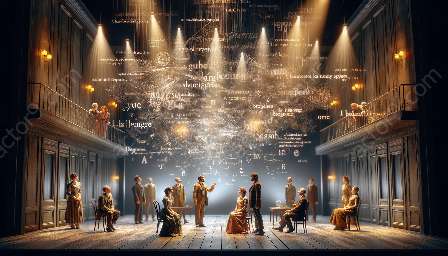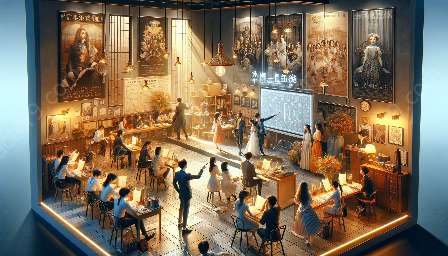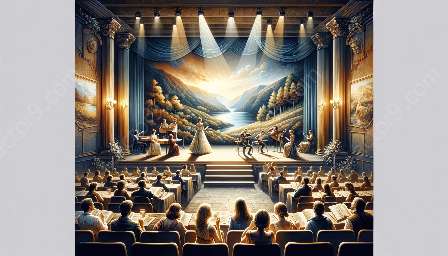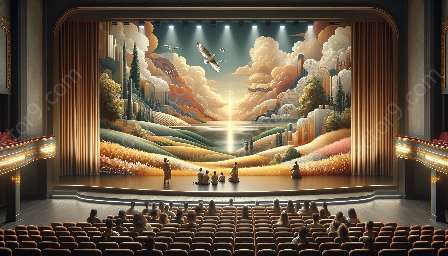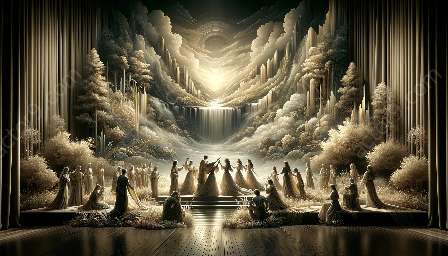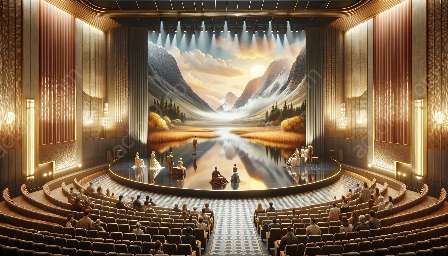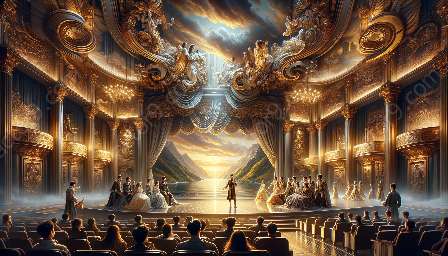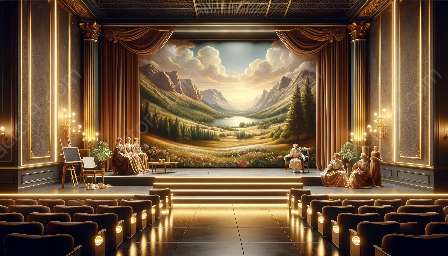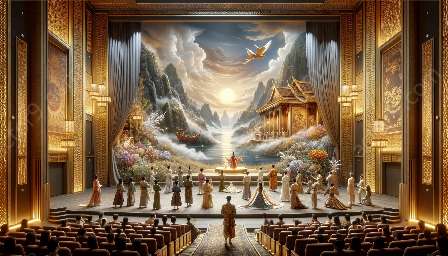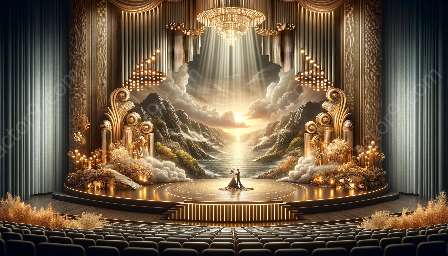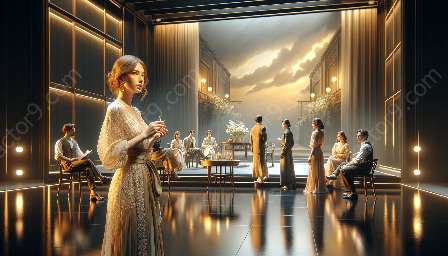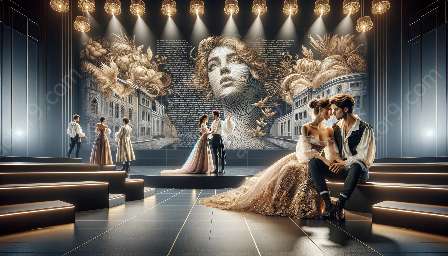Virtual and augmented reality have revolutionized the way theater is experienced, offering new possibilities for storytelling and audience engagement. In this article, we'll delve into the implications of these technologies in contemporary theater, exploring how they intersect with the interpretation of modern drama.
Understanding Virtual and Augmented Reality
Before we explore their implications in theater, it's essential to understand the concepts of virtual and augmented reality. Virtual reality (VR) creates a fully immersive, computer-generated environment that users can interact with, while augmented reality (AR) overlays digital content onto the real world.
Enhancing Immersion and Spectacle
One of the key implications of VR and AR in contemporary theater is the enhancement of immersion and spectacle. By incorporating these technologies into theatrical productions, audiences can transcend physical boundaries and immerse themselves in captivating virtual worlds. This level of immersion can intensify the emotional impact of modern dramas, allowing audiences to experience the narrative in a deeply personal and engaging way.
Expanding Narrative Possibilities
VR and AR open up new narrative possibilities for contemporary theater. The ability to manipulate virtual environments and integrate digital elements into live performances enables playwrights and directors to craft intricate and multifaceted narratives. Modern drama, with its focus on complex characters and non-linear storytelling, can be further enriched through the use of these technologies, offering fresh perspectives and engaging experiences to the audience.
Interactive Audience Engagement
Another implication of VR and AR in theater is the potential for interactive audience engagement. Through VR experiences or AR-enhanced elements within the performance space, theatergoers can actively participate in the storytelling process. This interactive dimension aligns with the evolving nature of modern drama, which often seeks to engage audiences on intellectual and emotional levels, fostering a deeper connection between the audience and the dramatic narrative.
Challenges and Considerations
While the implications of virtual and augmented reality in contemporary theater are vast, there are also challenges and considerations to address. Technical limitations, cost of implementation, and maintaining the integrity of live performances are among the factors that need careful consideration. However, by embracing these challenges and leveraging the potential of these technologies, theater practitioners can create innovative and transformative experiences that resonate with modern audiences.
Conclusion
In conclusion, the implications of virtual and augmented reality in contemporary theater are wide-reaching and hold significant potential for enriching the interpretation of modern drama. As technology continues to evolve, the intersection of VR, AR, and theater is poised to redefine the boundaries of storytelling and audience engagement, offering new horizons for theatrical creativity and interpretation.


